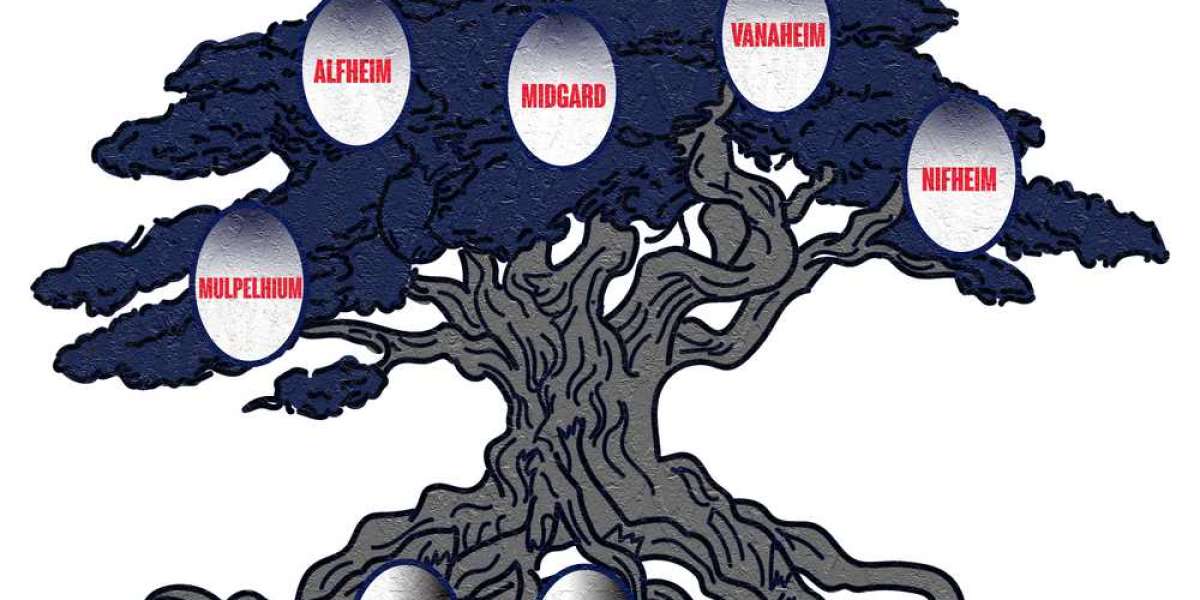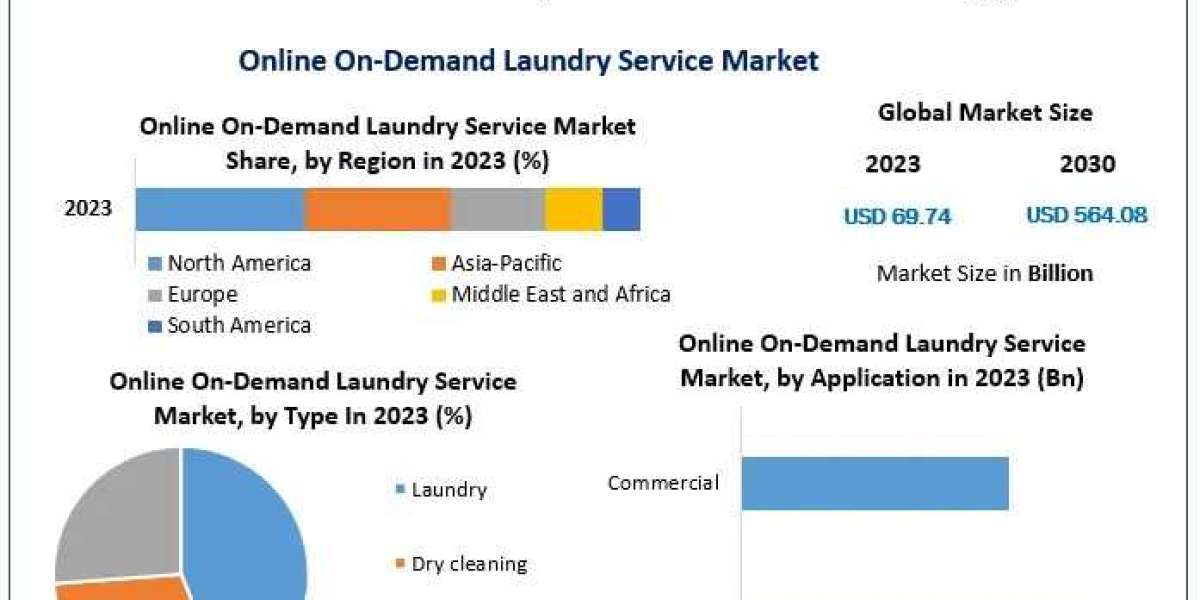Graphic design is a dynamic and creative process that transforms ideas into visually compelling content. Whether you're designing a logo, a website, or a marketing campaign, each project follows a structured path from concept to creation. In this post, we'll explore the typical stages of the custom graphic design process, helping you understand how designers bring their ideas to life while balancing creativity, strategy, and technical skill.
1. Understanding the Brief
The foundation of any successful design begins with a solid understanding of the project’s goals. This first stage is all about gathering information and aligning with the client or project stakeholders. A design brief typically covers key details like:
- Objectives: What is the purpose of the design? Are you promoting a product, launching a brand, or creating a piece of art?
- Target Audience: Who will be viewing the design? Understanding the demographics and preferences of the target audience is crucial for creating a design that resonates.
- Brand Guidelines: If the design is part of an existing brand, it’s important to follow established visual elements, such as color schemes, fonts, and logos, to maintain brand consistency.
By gaining clarity on these points, designers set the stage for a focused and effective design process.
2. Research Inspiration
Once the brief is clear, designers move into the research phase. This stage is all about gathering inspiration, understanding trends, and exploring how similar projects have been executed. Designers might look at:
- Competitor Designs: Analyzing what others in the same industry are doing can provide valuable insights into current trends, dos and don’ts, and areas for differentiation.
- Moodboards Inspiration: A moodboard is a visual collection of elements, such as color schemes, typography styles, imagery, and textures, that help set the tone for the design. This serves as a reference point for the creative direction of the project.
3. Sketching Ideation
After gathering inspiration, the designer begins to sketch out ideas. This stage often involves brainstorming and free-form sketching to explore multiple concepts. Whether it's a logo, poster, or web design, sketching allows designers to quickly test out different layouts, compositions, and visual directions.
In this phase, creativity is key. Some designers prefer to work entirely digitally, while others still rely on pen and paper to begin the design process. The goal is to explore as many ideas as possible without being limited by software constraints.
4. Design Development
Once a strong idea emerges from the sketches, the designer moves into the digital design phase. Here, they use design software (like Adobe Illustrator, Photoshop, or Figma) to refine and develop the chosen concept. This stage involves:
- Creating Digital Mockups: Designers start creating high-fidelity versions of the sketches, experimenting with color, typography, and imagery.
- Refining the Layout: This includes adjusting spacing, proportions, and alignment to ensure that everything is visually balanced.
- Iterating: Designers often create several variations of the design to explore different options before selecting the final direction.
At this point, the design is starting to take shape and reflect the initial vision, but it may still undergo several revisions based on client feedback.
5. Client Review Feedback
No design is truly complete without input from the client. After presenting the initial design concepts, the designer receives feedback, which might include suggestions for color changes, font adjustments, or modifications to the overall layout. This is a collaborative phase where the designer fine-tunes the design to meet the client’s needs while staying true to the original vision.
6. Finalizing the Design
After revisions are made and the design is approved, the designer prepares the final deliverables. This includes exporting files in various formats (such as PNG, JPG, or vector files like AI or EPS) to ensure that the design works across different mediums, whether it's for print, digital use, or social media.
Additionally, designers may create a style guide or brand manual to help the client maintain visual consistency when using the design across various platforms.
7. Implementation Launch
The final step in the design process is implementation. This is when the design is applied to its intended platform—whether that’s printing marketing materials, launching a website, or running a social media campaign. Designers often stay involved during the implementation phase to ensure the design is accurately represented in its final form.
Conclusion
From the first spark of inspiration to the final delivery of a polished design, the graphic design process is an intricate journey that requires creativity, problem-solving, and attention to detail. By following a structured approach—starting with a deep understanding of the client’s needs and moving through research, ideation, development, and feedback—designers create visually impactful solutions that tell a story, engage audiences, and fulfill the project’s objectives.


